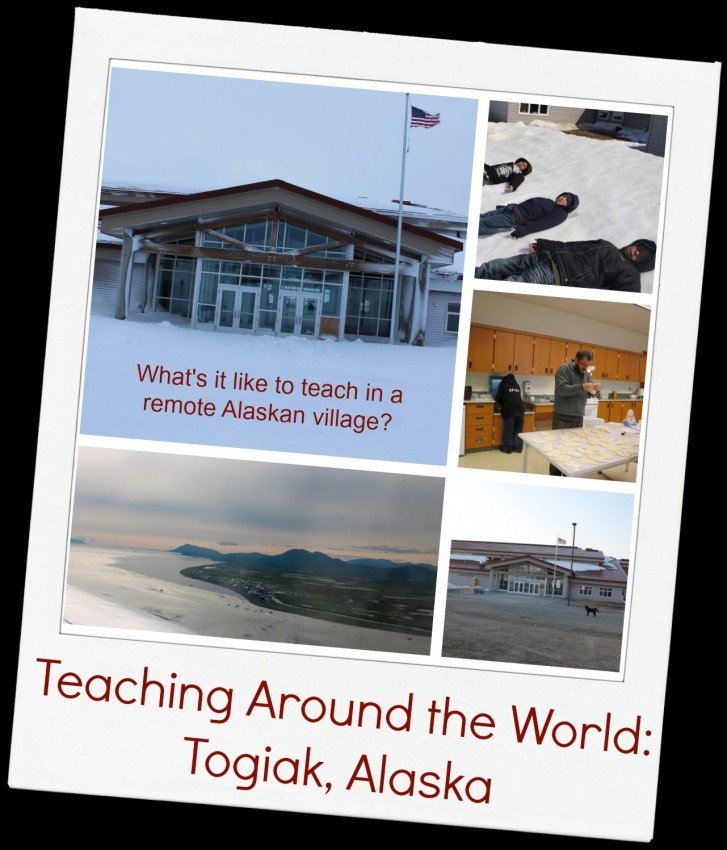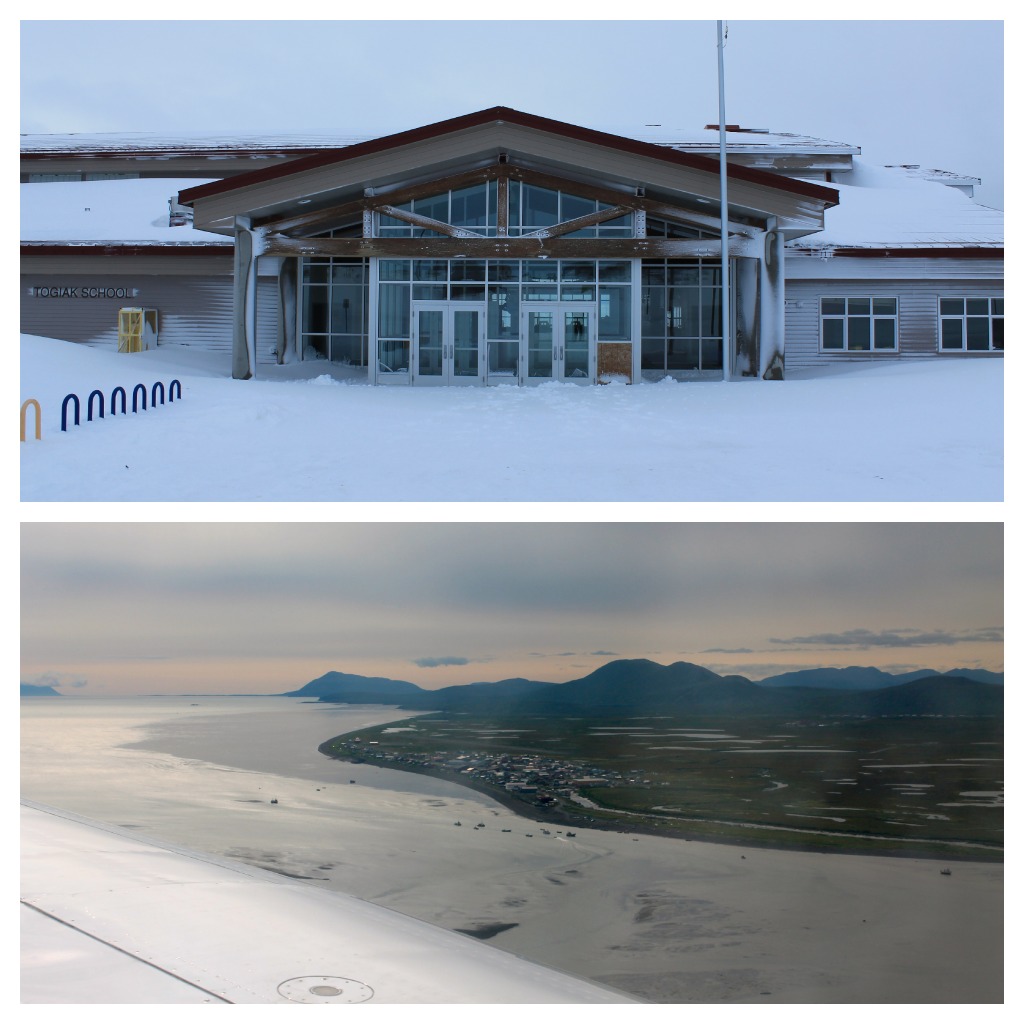
I’ve always been fascinated by what life is like in places that are very different from my own. One of my favorite books in elementary school was Children Just Like Me, a giant hardcover featuring photos of children all over the world and their explanations of what daily life (especially school) was like. Once I became a teacher, I loved sharing the updated version of that book with my students and nurturing their curiosity about different cultures, too.
I still love to learn about schools and lifestyles in other parts of the world, and I figure I can’t be the only one! I decided to reach out to teachers in interesting locations and see if they’d allow me to interview them about their experiences. Over the past few weeks, I’ve been working with a number of educators from all over the world. This post is the first in a new occasional post series I’m calling Teaching Around the World. I hope you enjoy reading about these teachers’ experiences as much as I have!
Our first featured teacher lives in one of my favorite places in the United States: Alaska. My husband and I visited the state last summer (you can view some of our photos in this post) and instantly fell in love with the vast beauty of the landscape there.
So, I was especially excited to interview Michael Tozzo about his experiences teaching special education at Togiak School in Togiak, Alaska. Michael was born in New Haven, Connecticut and was raised in Harlingen, Texas. He graduated from Stephen F. Austin State University in 2005 and shortly thereafter, moved to Petersburg, Alaska. Below are his photos and responses to my interview questions.
Did you move to Alaska with the intention of teaching there? How did you land the job?
I moved to Alaska in 2005 after graduating from college in Texas. I had always been interested in and somewhat knew I wanted to be a teacher. I moved to Alaska to work at a newspaper in Petersburg. From there, I took a number of jobs including working at the local radio station and starting my own bike shop with a friend. During the 2010-2011 school year, I took a job as a paraprofessional in the Special Education department at Petersburg High School just to see if I would like the atmosphere and make sure teaching was going to be right for me.
At the beginning, working in a school was tough, there were good days and bad but nothing made me waiver from wanting to continue that pursuit. I went back to school the next year to get my Master’s in Teaching, and did my student teaching in Petersburg that year as well. I then took the job as the Special Education Teacher in Togiak for the 2011-2012 school year and that is where I sit today.
What is like to live in a remote part of Alaska, in your experience?
I have lived in Alaska for seven years and for me it has been amazing. I have only lived in two communities, Petersburg and Togiak. Petersburg has a population of 3,000 and Togiak hosts’ approximately 800 people. Both towns are only accessible by plane or boat and have very minimal road systems. Alaska can be a great place to live and the two places I have chosen are wonderful but unfortunately offer high costs of living due to their locations. When you live completely cut off from the road systems the price of gas, shipping, groceries, and other amenities increase significantly. This has been the case much more so in Togiak than Petersburg, but the initial shock to the price of goods was the same for me.
Other than that, winter can be tough on people and the extended dark hours in winter can be taxing when it feels as though it is always nighttime. The lifestyles of the people in Petersburg and Togiak are completely different, aside from commercial fishing, but you adapt to your surroundings and try to make the best of it.
What are the biggest differences between schools where you live and most other American schools?
This is a hard question to answer. The students, I believe, are the same. The kids in a remote village of Alaska are wearing the same shoes, listening to the same music and generally acting like the typical teenagers in the Lower 48. I think the biggest differences come in the form of travel and funding of various activities. When I was in high school we traveled by bus to sporting events or field trips, but in Togiak we charter a plane.
The opportunities, classes and electives are vastly different for kids out in the village as compared to a student who might go to school in Seattle. We only offer a few electives and there aren’t enough teachers to offer multiple levels of different subjects or college preparation classes. If I wanted to learn how to take apart an airplane engine in high school, there was a class I could take. In Togiak, we don’t have the facilities, the funding or a teacher to do it.
Tell us the basics about your job. How many students do you have? How long is your school day? What subjects do you teach?
I am the K-12 Special Education teacher at Togiak School. I have about 15 caseloads that I manage. I also teach a couple of sections of Study Skills with one class of four and one class of nine or ten. A typical day starts at about 7am, and I use the time between then and the start time of 9:30am to get planning or paperwork done. I typically spend the first two class periods assisting students in their classes, third and fourth period are my two sections of Study Skills, and the last two classes of the day are spent in various classrooms depending on the minutes students receive in their IEP. My classroom also serves as a resource room for kids to be pulled into for assessments, to take tests or get extra assistance from aides. The school day ends at 3:45pm but as you probably know, I don’t get out of there until 6pm usually.
What’s the best part about your teaching experience in Alaska?
I think the best part about teaching in Alaska is the environment you get to work in. How many teachers ride an ATV or snowmobile to work? How many teachers have seen the Northern Lights on their way to work? In Petersburg I would set shrimp and crab pots before work and then pull them afterwards. Here in Togiak we are taking the kids ice fishing and I am sure the teachers will be learning from the students. I believe living where you are happy directly relates to being happy at work and the beauty and nature of Alaska make going to and coming home from work that much easier for me.
What’s the toughest part?
Ahh, yes, there is always flipside to the positive. When you live in a remote village in Alaska, you are literally cut off from most everything that people consider to be part of their daily routine. There are no coffee shops here, no bookstores, no movie theatre or bowling alley, no place to get your oil changed or mall to hang out at after school. I generally work about 10 to 11 hours a day and then go home to my apartment (owned by the school district), make some dinner, read or watch television, go to sleep and do it all over again. Your life can definitely feel redundant at times and there are not many outlets that you don’t have to create on your own to take your mind off the day at work.
What advice would you give teachers who would like to teach in Alaska? Are the school systems looking to hire teachers?
My advice would be to get your Special Education endorsement or work in the bush somewhere. Villages are notorious for having high turnover. Some districts have higher turnover than others but if you are coming from the Lower 48, you can find a job teaching a core subject out in the bush much easier than you can find one in the three big cities (Anchorage, Fairbanks, and Juneau). If you look at the job boards around the state, I think you will consistently find more Special Education and support services jobs available than anything else. Aside from that, keep an open mind. Try something new. Move to a village for two or three years. Unless you are bringing a lot of experience from the Lower 48, you might find yourself having a hard time getting a job in one of the three major cities.
Do you have questions for Michael about teaching in Alaska? Ask away in the comments! Or, if you teach in an unusual place and would like to be featured in this space, send me an email. I would love to share your story!

Angela Watson
Founder and Writer
Sign up to get new Truth for Teachers articles in your inbox
Discussion
OR

Join our
community
of educators
If you are a teacher who is interested in contributing to the Truth for Teachers website, please click here for more information.


















I came across your blog regarding Alaska. It seems to be a frightening, yet exhilarating opportunity and certainly will pull one out of one’s comfort zone. I’m considering teaching middle school and special education in Alaska for the challenge and to go where help is needed and appreciated.
I have accepted a job teaching in Chefornak, Alaska and with the recent pandemic I’m probably more anxious that I would normally be but also very excited to experience a different culture than what I grew up in. I’d love more information about the daily in’s and out’s of teaching in remote villages! I know this is late but I just recently came upon this.
Hi Michael, I enjoy reading your story. I was wondering if you can tell me what are Bush school districts and what are not? I heard that some Bush school districts are really helping their teachers including as to the status of their visas? is your apartment a free housing form the District?
Hi Michael, I enjoy reading your story. I was wondering if you can tell me what are Bush school districts and what are not? I heard that some Bush school districts are really helping their teachers including the status of their visas? is your apartment a free housing from the District? are there districts provide allocation allowances and free housing ? I am a Special Education teacher k-12 here in USA .